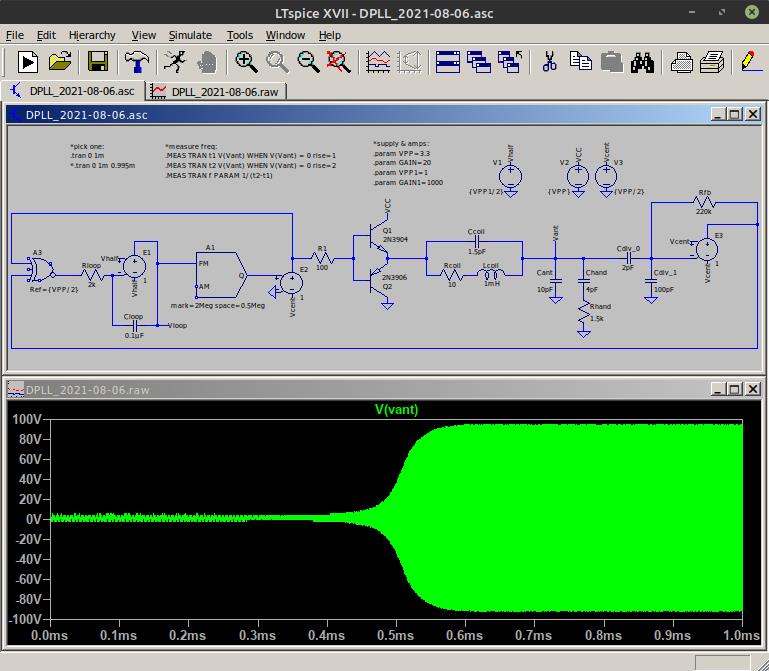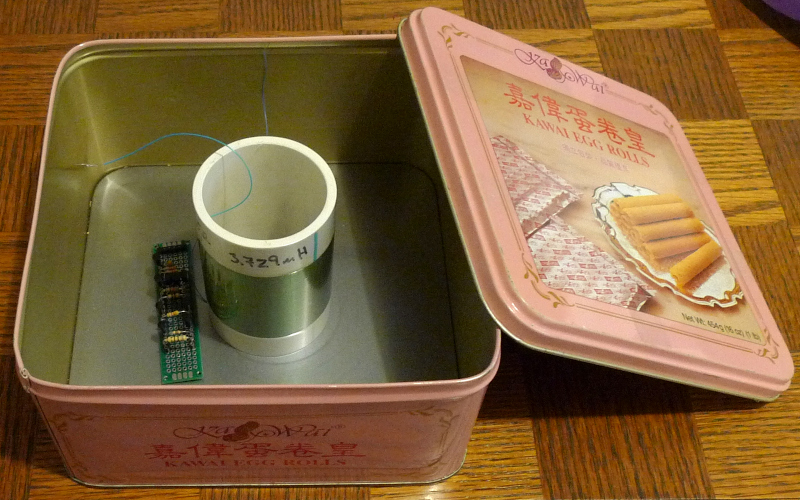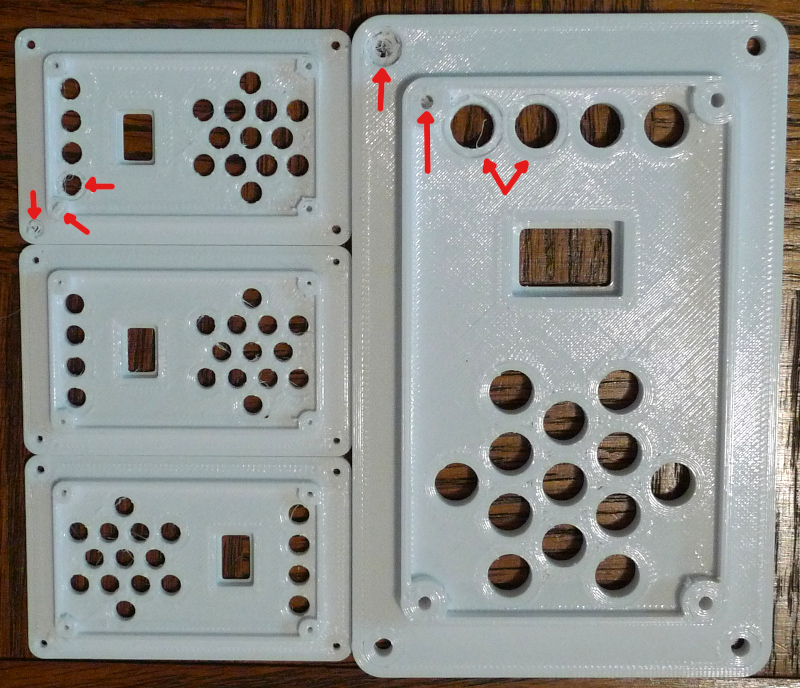"... looking at the experts I don't seen any limitation with the conventional sensing, so I'll go with that." - pitts8rh
Besides the crying baby syndrome, another issue with conventional farther-is-louder volume sense is sorta right there in the name. The player's body has an increasingly confounding influence on the size (and so linearity) of the field the farther out the player's hand is - so the nearer the hand to the antenna, the more sure the player can be of the obtaining the expected result. Farther-is-louder works against this by giving the player really good control over silence, and less good control the louder one plays. Nearer-is-louder works with this, and much of the body's remaining influence can be expanded away by switching a secondary sensitivity (knee). This obviously isn't a deal-breaker, as just about everyone plays farther-is-louder for historic reasons (if no other) but I believe it is a less than ideal situation from a body influence standpoint. Similarly, for the pitch side closer-is-higher makes a lot of sense, because it places the harder to discern low pitches out in the more uncertain far field.
"... but really in the end neither of us should be giving advice about playing technique along with our theremins, except to "look to the experts to see how they do it".
But there are no experts who play a digital Theremin? All past and current expert players learned on an analog, where a rod makes both practical and engineering sense, where sensitivity is fixed and there is an iron trade-off between it and linearity, where farther is always louder - their techniques are entirely and necessarily based on these factors. Most of their techniques can be accommodated, the remaining may require a pitch rod, and they will likely be satisfied with that - but who then should / will advocate for newly enabled alternatives that perhaps make more sense, at least to some?
One thing we haven't discussed this time around in the family feud ;-) is variable pitch field sensitivity. To me this is much more of a game-changer than plates or rods in terms of influencing and producing new playing techniques. Even Moog Inc. seems to have something similar (though more indirect) in the Claravox Modern mode. I'm a little surprised there is no tradition-based push-back against it, but maybe Thereminists in general aren't complete sticklers? Most of the time I guess they're in the unenviable position of having to take whatever they can get.




